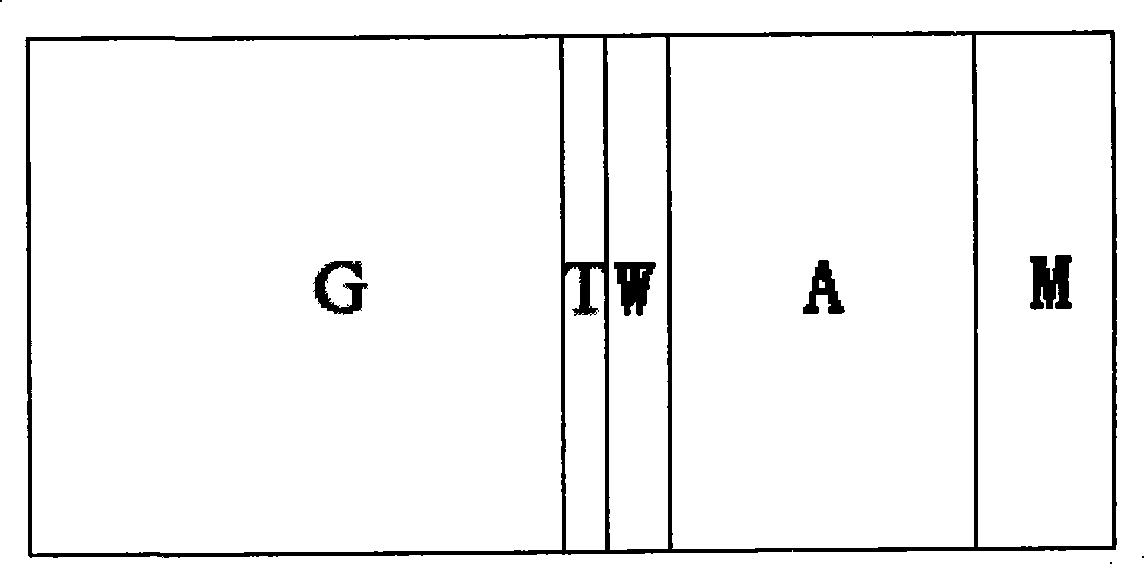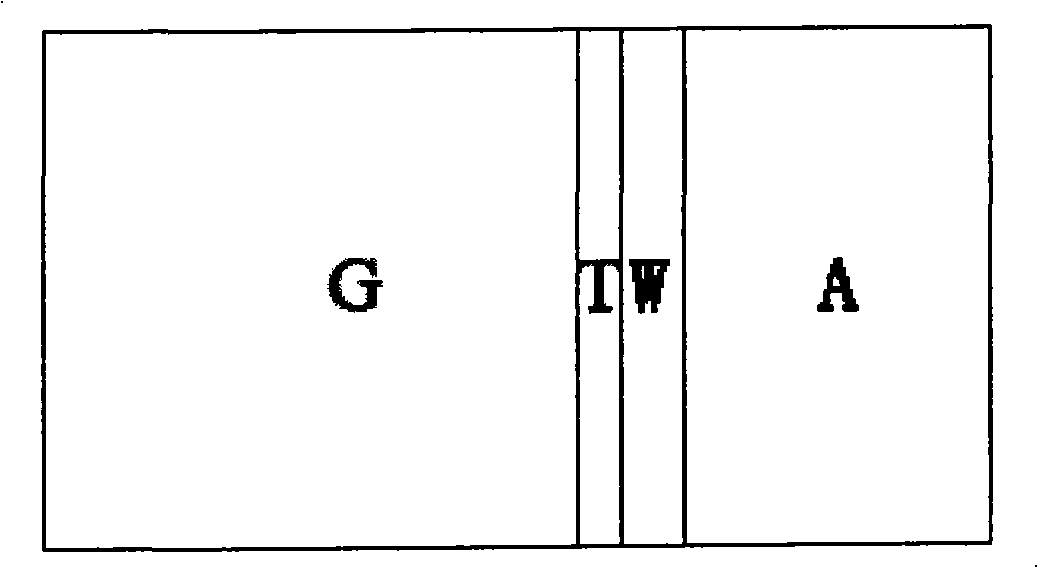Surface corrosion of CdTe film and CdTe solar cell preparing by the process
A technology of solar cells and thin films, applied in circuits, photovoltaic power generation, electrical components, etc., can solve problems such as toxicity, unfavorable industrial production, and preferential corrosion
- Summary
- Abstract
- Description
- Claims
- Application Information
AI Technical Summary
Problems solved by technology
Method used
Image
Examples
Embodiment 1
[0016] (1) When the temperature of the corrosive solution is controlled at 40°C, the sample is put into the corrosive solution, and the corrosive solution is 65% to 68% nitric acid, 99.5% glacial acetic acid and deionized water in a ratio of 1: 100:40 volume ratio mixing, the added NaAc is 15g / L, and the corrosion time is 1 minute.
[0017] (2) Take out the sample, rinse it several times with deionized water, and dry it with nitrogen.
[0018] (3) Co-sputter high-purity ZnTe target (99.999%) and Cu target (99.999%) by sputtering method or vacuum co-evaporation method to evaporate high-purity ZnTe source (99.999%) and copper source (99.999%), the deposition thickness is about 100nm, annealed at ~190°C, and then deposited ~200nm metal electrode Ni.
Embodiment 2
[0020] (1) When the temperature of the corrosive solution is controlled at 35°C, the sample is put into the corrosive solution, and the corrosive solution is 65% to 68% nitric acid, 99.5% glacial acetic acid and deionized water in a ratio of 1: 100:30 volume ratio mixing, the added NaAc is 15g / L, and the corrosion time is 2 minutes.
[0021] (2) Take out the sample, rinse it several times with deionized water, and dry it with nitrogen.
[0022] (3) Coat the surface of the corroded CdTe with 10% HgTe:Cu / 90% graphite slurry, anneal in nitrogen for 20 minutes at a temperature of 290° C., and then deposit 100 nm of Au as a metal electrode.
Embodiment 3
[0024] (1) When the temperature of the corrosive solution is controlled at 30°C, the sample is put into the corrosive solution, and the corrosive solution is 65% to 68% nitric acid, 99.5% glacial acetic acid and deionized water with a ratio of 1.5: 100:30 volume ratio mixing, the added NaAc is 20g / L, and the corrosion time is 3 minutes.
[0025] (2) Take out the sample, rinse it several times with deionized water, and dry it with nitrogen.
[0026] (3) co-sputtering high-purity Sb target (99.999%) and Te target (99.999%) by sputtering method or vacuum co-evaporation method to evaporate high-purity Sb source (99.999%) and Te source (99.999%), the deposition rate ratio (0.4~0.7), the thickness is about 100nm, annealed to 200°C, and Ni / Al electrode (Ni: 50nm; Al: 3μm) is deposited.
PUM
| Property | Measurement | Unit |
|---|---|---|
| Thickness | aaaaa | aaaaa |
Abstract
Description
Claims
Application Information
 Login to View More
Login to View More - R&D
- Intellectual Property
- Life Sciences
- Materials
- Tech Scout
- Unparalleled Data Quality
- Higher Quality Content
- 60% Fewer Hallucinations
Browse by: Latest US Patents, China's latest patents, Technical Efficacy Thesaurus, Application Domain, Technology Topic, Popular Technical Reports.
© 2025 PatSnap. All rights reserved.Legal|Privacy policy|Modern Slavery Act Transparency Statement|Sitemap|About US| Contact US: help@patsnap.com



